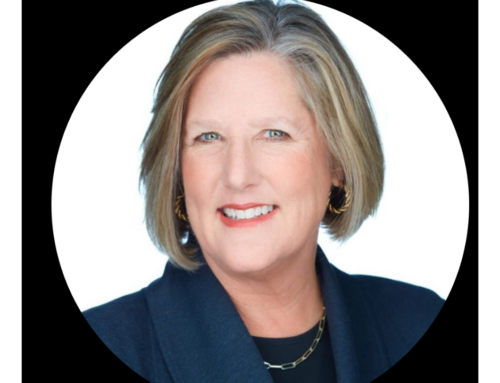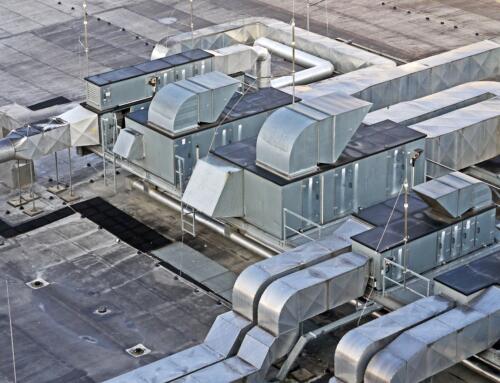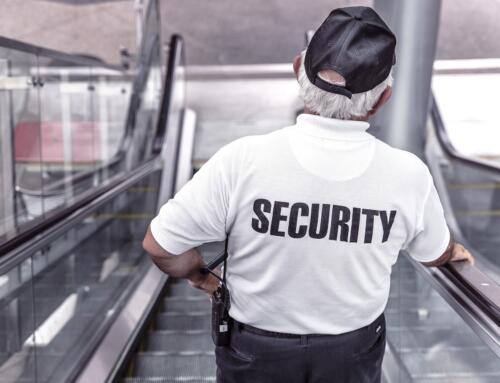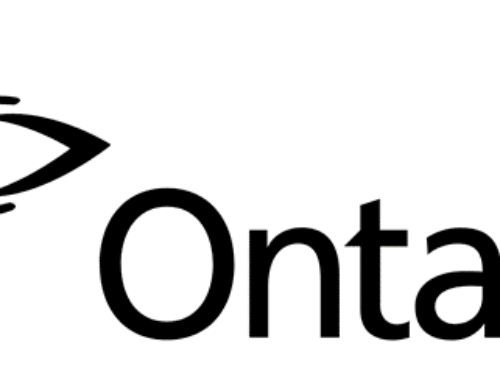Boardroom Metrics is a busy, successful PPE RFP proposal writer in Toronto and throughout North America.
The Number of PPE related RFP’s has increased significantly
Many companies are submitting their very first proposals to the Federal Government in response to a multitude of Request for Proposals (RFPs) being released. This represents some very good news for Canadian companies to win government contracts.
These government RFPs are based on Canada’s urgent need for essential COVID-19 products and services. The majority of products required are called ‘PPE’. PPE is an acronym for Personal Protective Equipment.
Most of the PPE products the Federal Governments are seeking include:
- Medical masks
- Non-medical masks
- Face shields
- Vinyl gloves
- Nitril gloves
- Coveralls and gowns
- Eye protection
- ICU-level ventilators
- Other Ventilators
- Thermometers
- Hand sanitizer
Most of the Services the Federal Governments are seeking include:
- Nursing
- Security
- Food Services
Here is a link to the full list of products and services:
Calling all suppliers – Help Canada combat Coronavirus disease (COVID-19)
How to Write a Winning PPE RFP
Pay attention to the details. It sounds simple but can be quite complex. Especially if you don’t have experience reading 50+ page government documents.
Whether it’s your first pursuit or you just want to make sure you don’t miss anything, it is helpful to engage a professional RFP Specialist/Writer.
An RFP writer will have depth of experience guiding clients and deciphering government lingo, helping you to understand which certifications and standards are required. Special attention is needed to interpret and understand the mandatory requirements.
‘Mandatory Requirement’ means that your company could be disqualified if you do not meet all of the mandatory items specified.
Most RFP writers begin each project by doing the in-depth review of the RFP issued documents and any addendums. They will develop the “Deliverable Checklist” that ensures everything requested in the RFP is listed. Columns are set up as “to be done”, “in progress” and “completed”. As you develop your RFP response – everything on the list should be checked off as “completed”.
Examples of PPE Mandatory RFP Requirements
Packaging and labeling will be clearly specified for most PPE RFPs. This may include the quantity required per box and will likely also list what the label on the package needs to say – for example ‘medical’ versus ‘non-medical’. Timelines for delivery of specific quantities may also be specified. Many specs outlined in a PPE RFP are around the safety features and standards. For example, gloves must meet ISO 11193-1:2008 standard that includes water tightness, type of materials they are made from, and offer a particular variety of sizes.
Do you need to be Certified to submit an RFP for PPEs?
Many RFPs require vendors to be ISO certified and provide product test reports.
Do you need to have a Medical Device Establishment Licence (MDEL) for PPE?
To answer this, you must determine if your product is actually considered a medical device? Do your activities like importing, distribution or exporting require this licence?
Do you need to be registered in Canada to submit a PPE RFP proposal?
Many PPE RFPs that we have reviewed recently do require the company submitting a proposal to the Federal Government, to be registered in Canada. Yes, you can supply goods that have been sourced from China – however all goods must meet the certification standards accepted by Canada. The most common certifications are:
- Canadian Standards Association (CSA)
- US Food and Drug Administration (FDA)
- Conformité Européenne Mark (CE Mark)
- World Health Organisation (WHO)
Tips for developing a successful RFP Proposal
- Go through the entire RFP request and highlight anything that you are uncertain about: -Seek clarity from the issuer – there is usually a question period allowed
- Seek clarity from a trusted advisor, colleague or RFP specialist
- Check for Addendums – we suggest checking the portal that the RFP is posted on numerous times a day. Why? Because an Addendum always supersedes the previous requirement. This is imperative to ensuring compliance.
- Don’t submit your proposal too early. We have seen the submission deadline dates get extended via Addendums – and surprisingly, more than once per RFP
- Add a cover letter with your samples: this helps to make you look professional
- Don’t put any pricing in with your samples, this could be cause for disqualification. The RFP will specify.
- Add a cover letter with your response: even if they don’t ask for it in the RFP, it is recommended for all formal requests (RFP/RFI/RFQ)
Even if you can’t provide all of the quantities provided, example 25 million disposable masks awarded in one contract. The government understands that they will likely have to award multiple contracts to various vendors to ensure they get the overall quantities required.
Do you need help deciding to go, no-go with a PPE RFP response?
Our writers developed this fillable go, no-go checklist that will help you decide.
PPE RFP Summary
The RFP process is meant to provide a fair and level playing field for all vendors to compete. Remember, that it is a competition and you want to put forward the very best proposal possible for your organization.
Please let our RFP Response team know if you need any help. We work 24/7, 7 days a week to make sure that all important timelines are met.
Good luck to all!









Leave A Comment